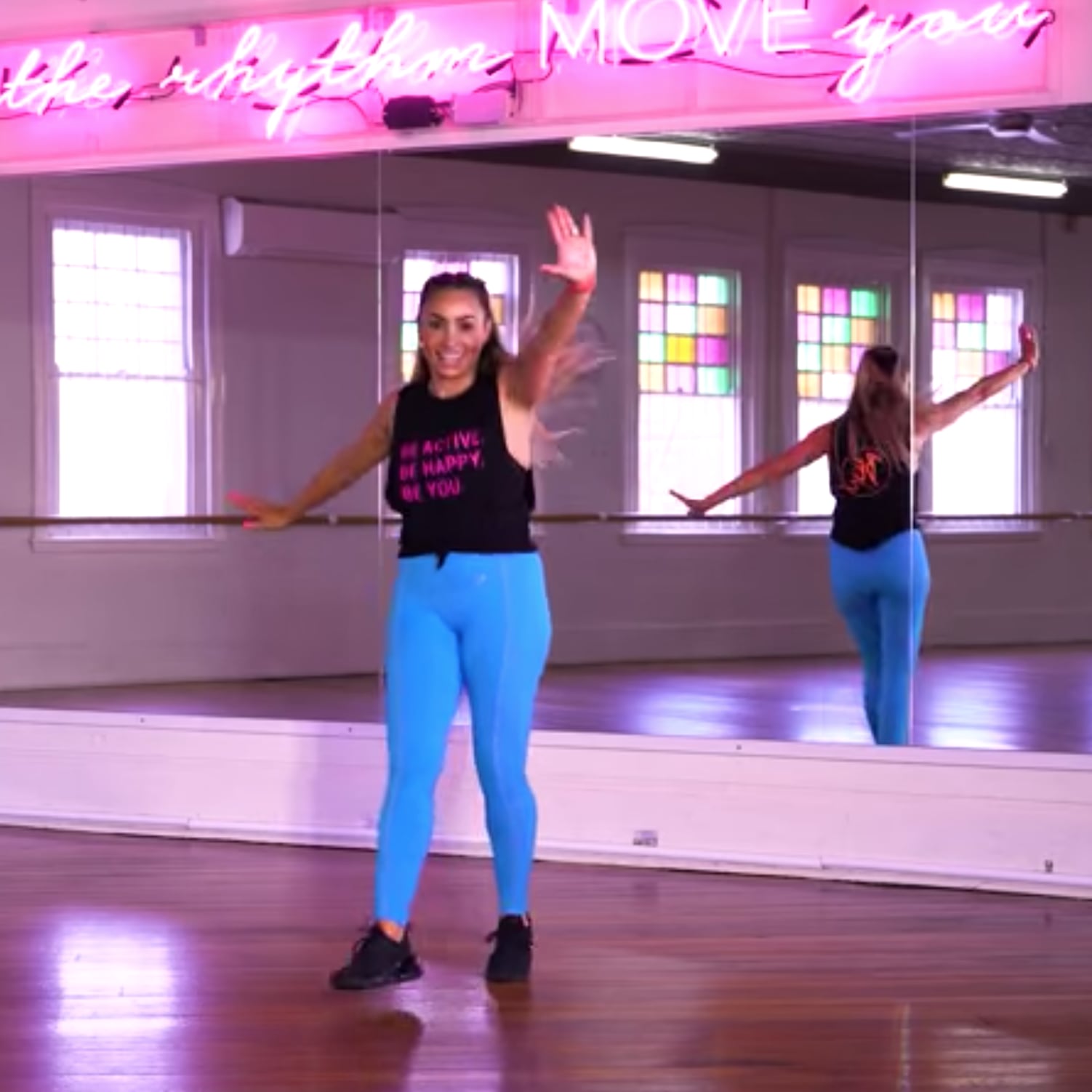How Walker vsRollator: How to Choose the Best Walking Aid can Save You Time, Stress, and Money.


Fall Prevention: Choosing the Best Walking Support for Seniors
Our Walking: Your Way to Physical Therapy Success - Trinity Rehab Ideas
Greater amounts of workout will provide even greater health advantages. However even little quantities of physical activity are practical. Being active for short amount of times throughout the day can add up to offer health advantages. Do strength training exercises for all significant muscle groups a minimum of two times a week.
As a general objective, go for at least thirty minutes of physical activity a day. If you can't reserve that much time, attempt a number of brief sessions of activity throughout the day. This Piece Covers It Well of activity is better than none at all. Even percentages of physical activity are practical, and built up activity throughout the day amounts to supply health benefit.

This Walking for Weight Loss Plan Can Help You Shed Pounds Without the Gym - EatingWell
Myths & Truths About Baby Walkers - NHS Shetland Can Be Fun For Anyone
You might start with five minutes a day the first week, and then increase your time by five minutes weekly until you reach at least thirty minutes. For much more health advantages, objective for at least 60 minutes of exercise most days of the week. Track your development Keeping a record of the number of steps you take, the distance you walk and the length of time it takes can help you see where you began from and act as a source of inspiration.

Attempt using an activity tracker, app or pedometer to compute steps and distance. Or tape these numbers in a strolling journal. Stay inspired Beginning a strolling program takes effort. Staying with it takes dedication. To remain determined: Start with an easy goal, such as, "I'll take a 5- or 10-minute walk during my lunch break." When your 5- or 10-minute walk becomes a routine, set a brand-new goal, such as, "I'll stroll for 20 minutes after work." Discover specific times for strolls.
Some Known Facts About Walking tips and advice for older people - Health & wellbeing.
If you do not like strolling alone, ask a buddy or neighbor to join you. If you're energized by groups, sign up with a health club or walking group. You might like listening to music while you walk. If you stroll outdoors, strategy numerous various paths for range. If you typically walk in your neighborhood, think about strolling somewhere new, such as a city or state park.
